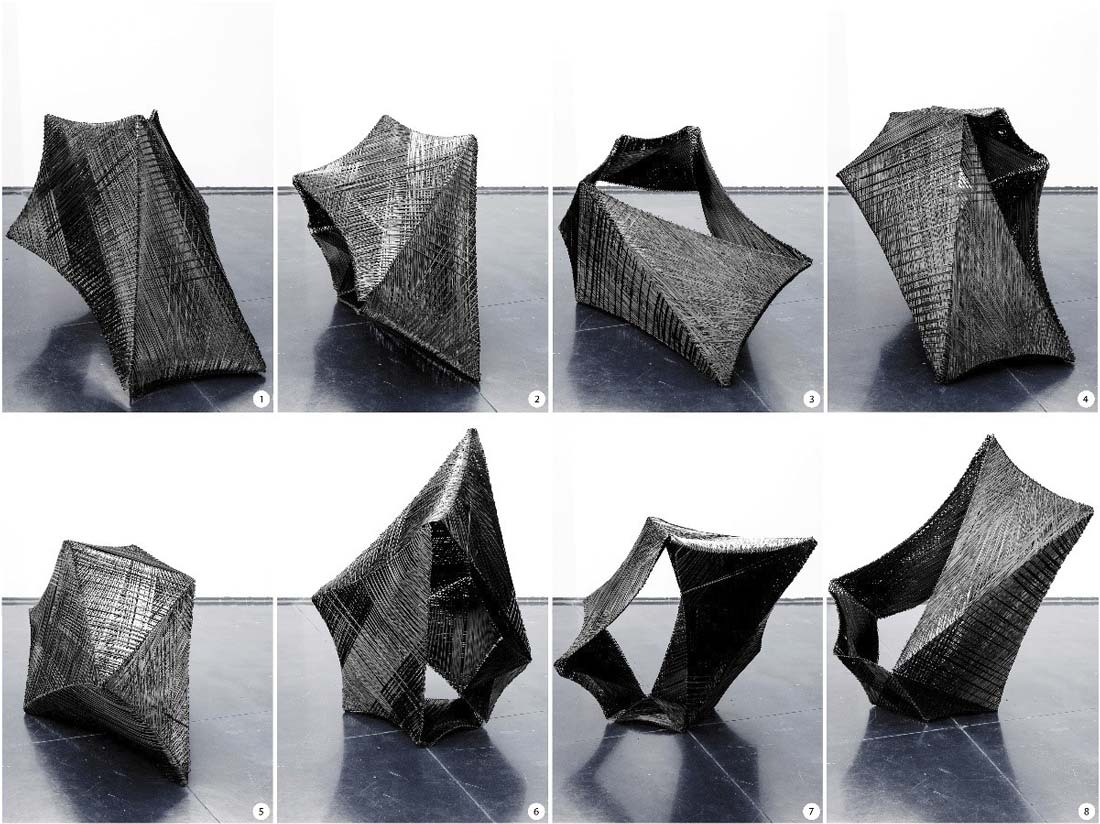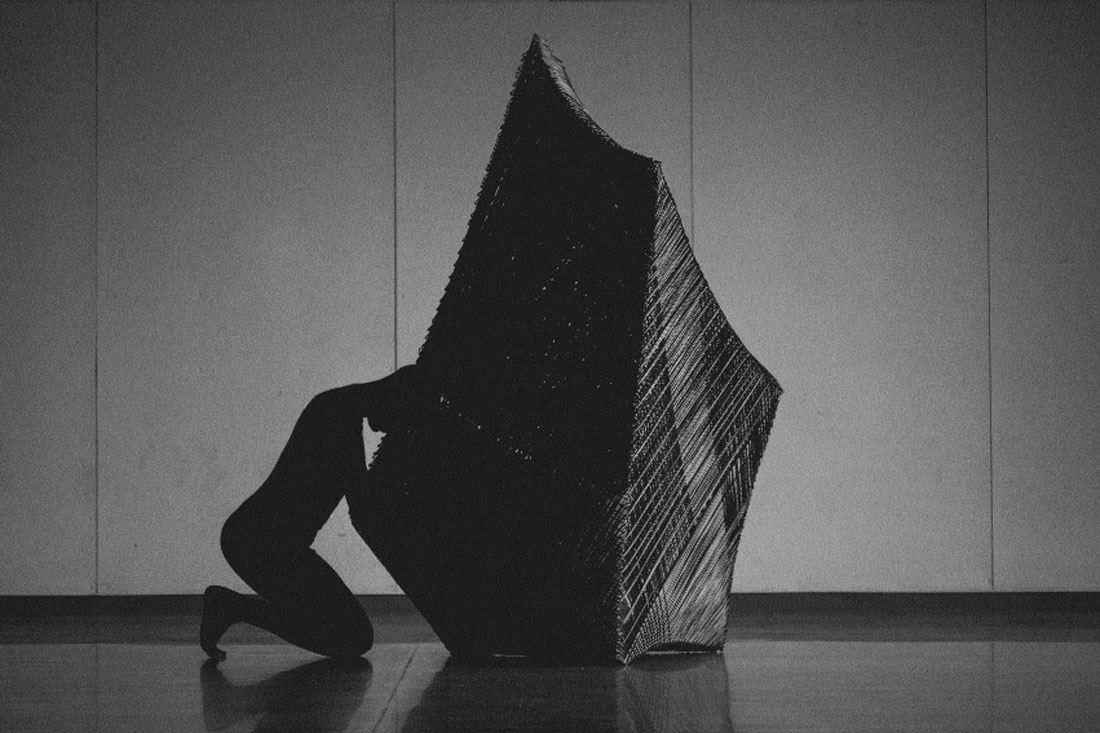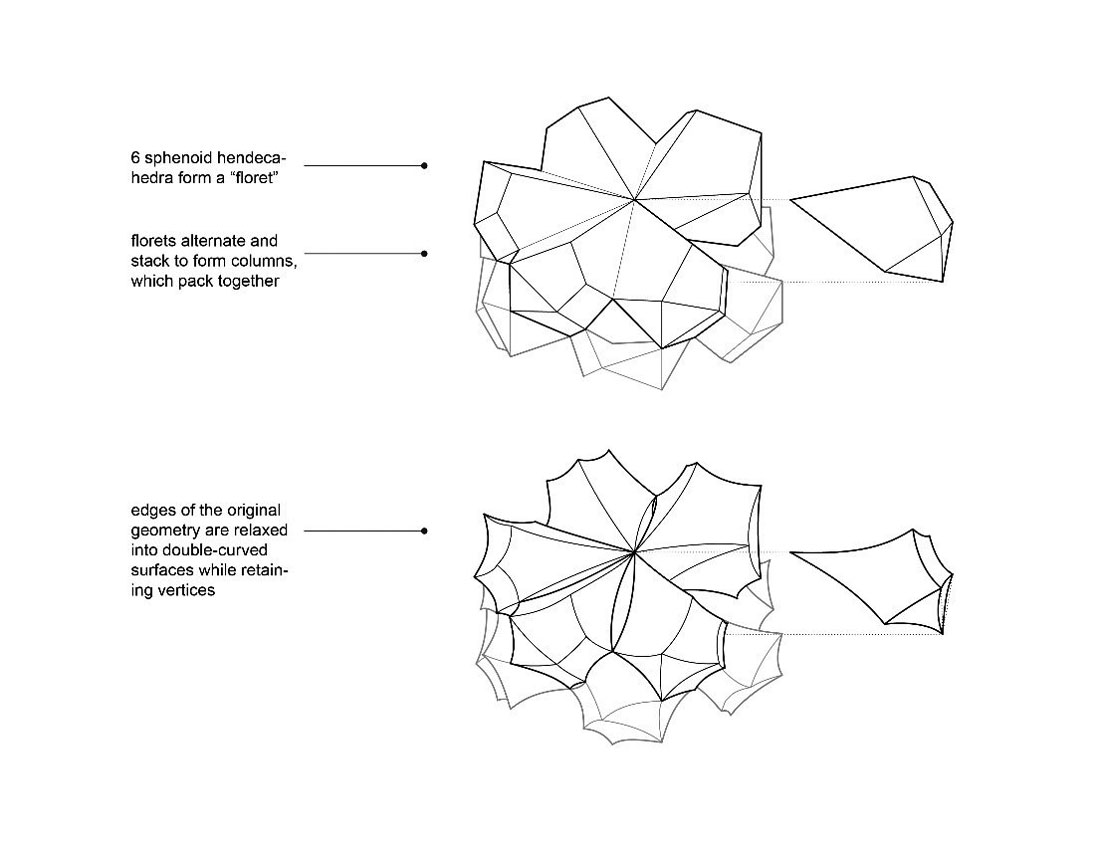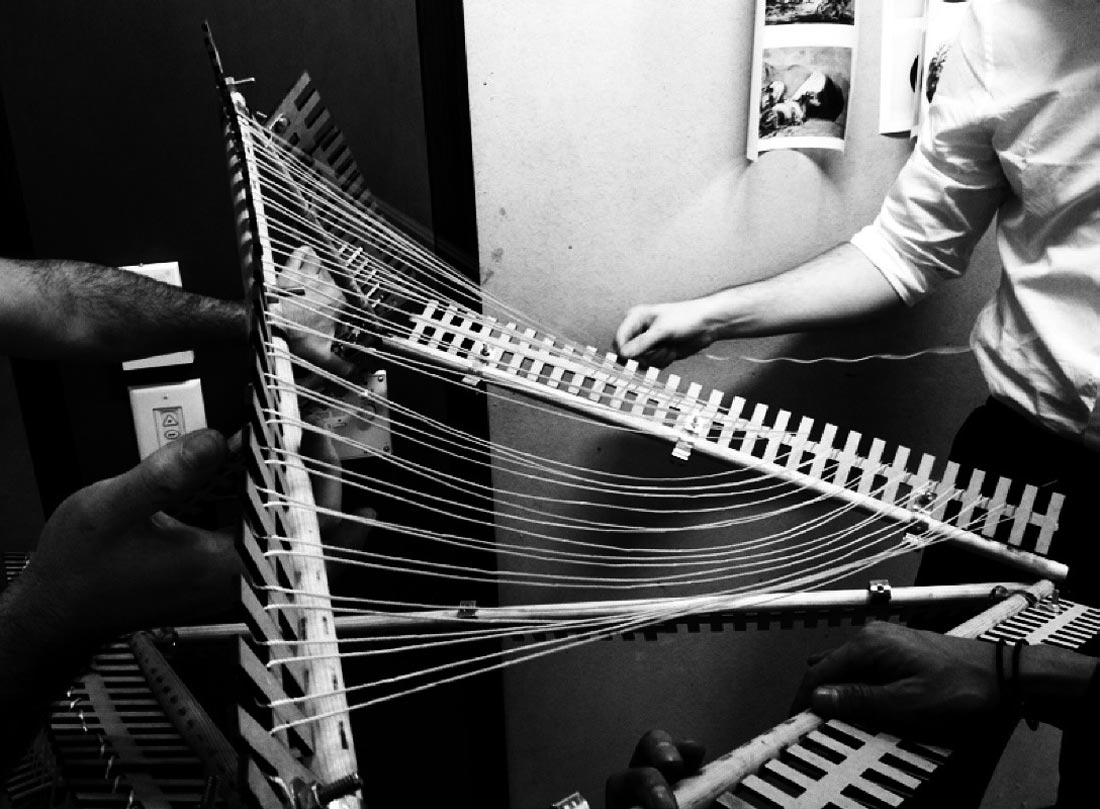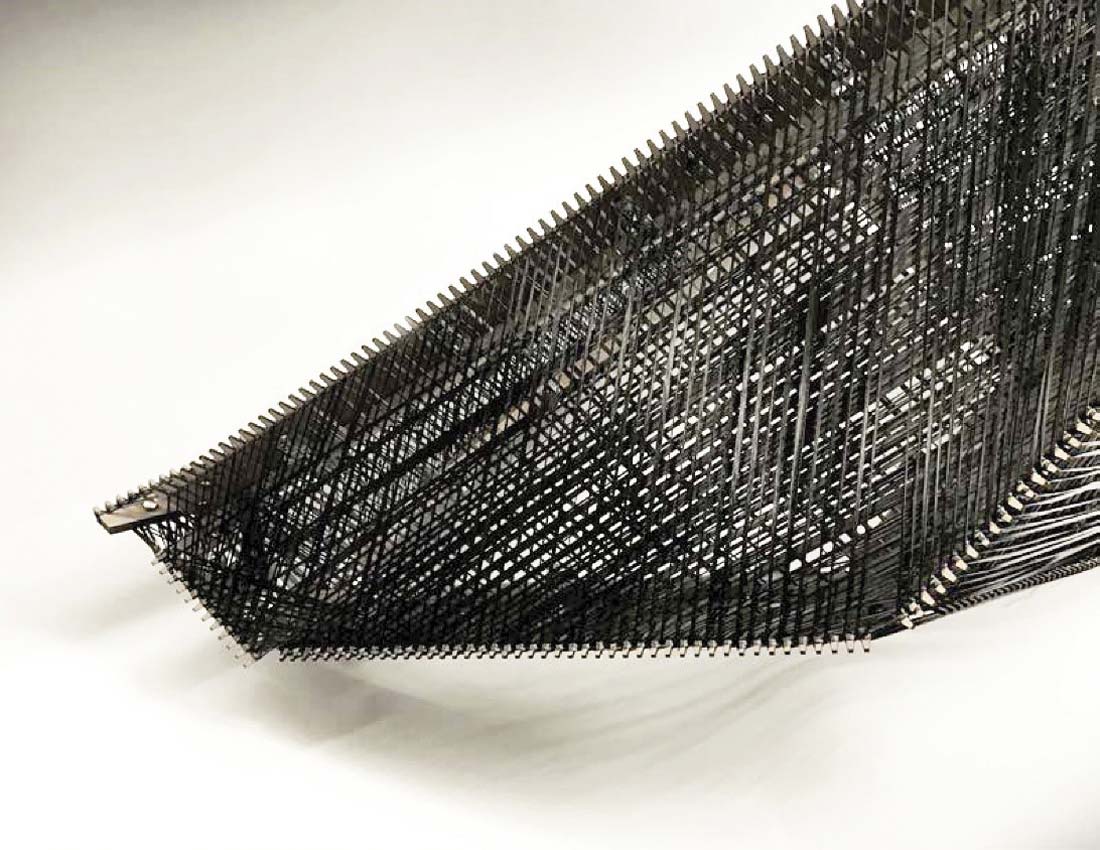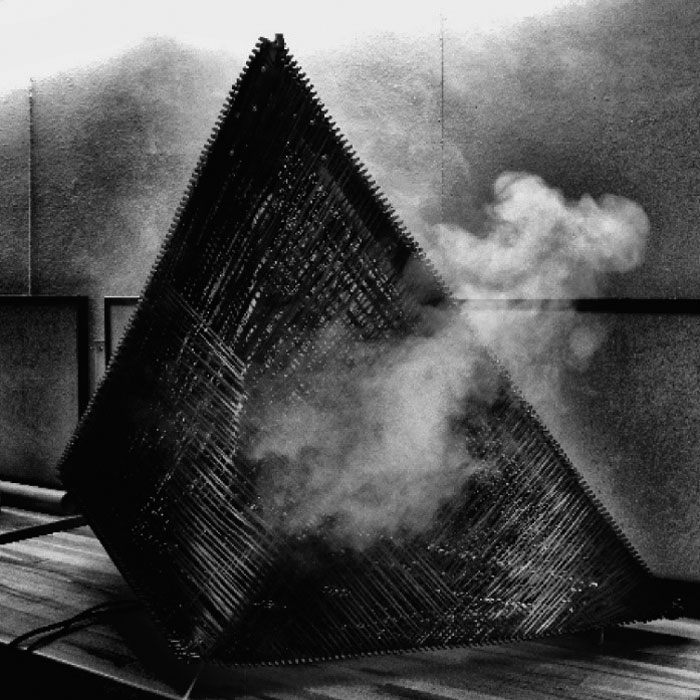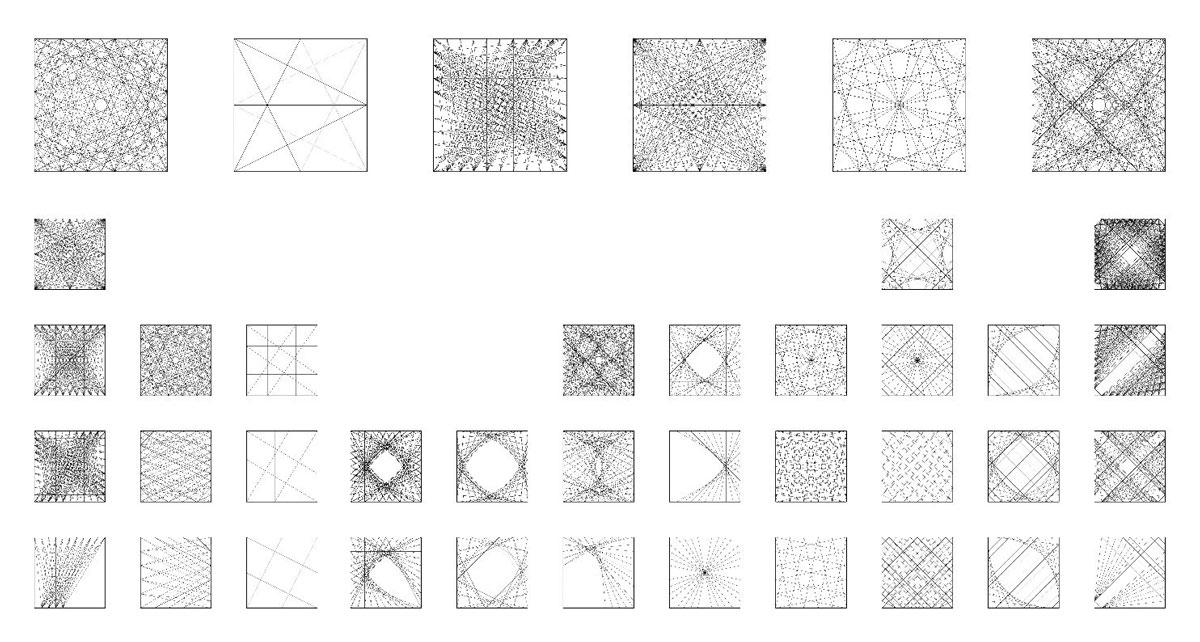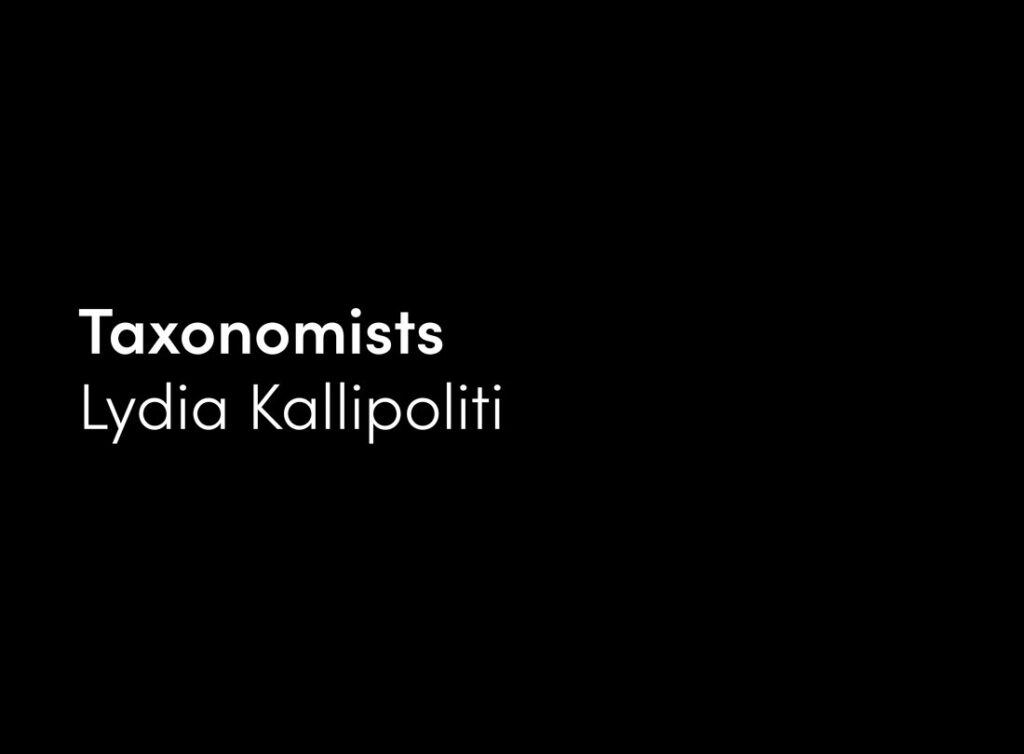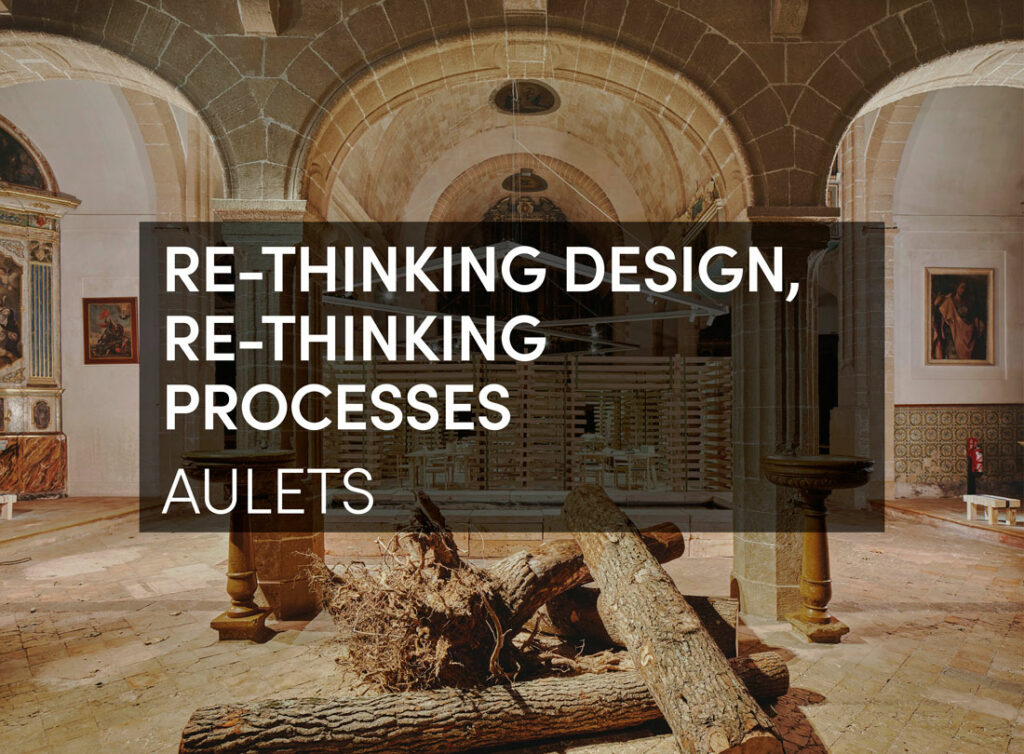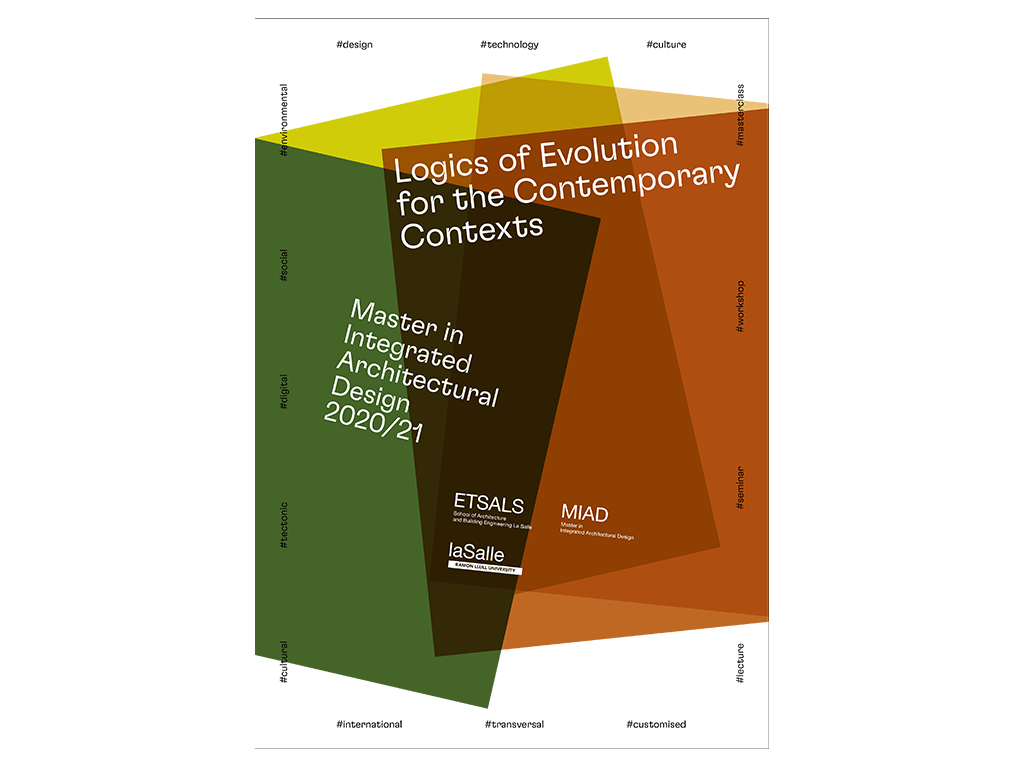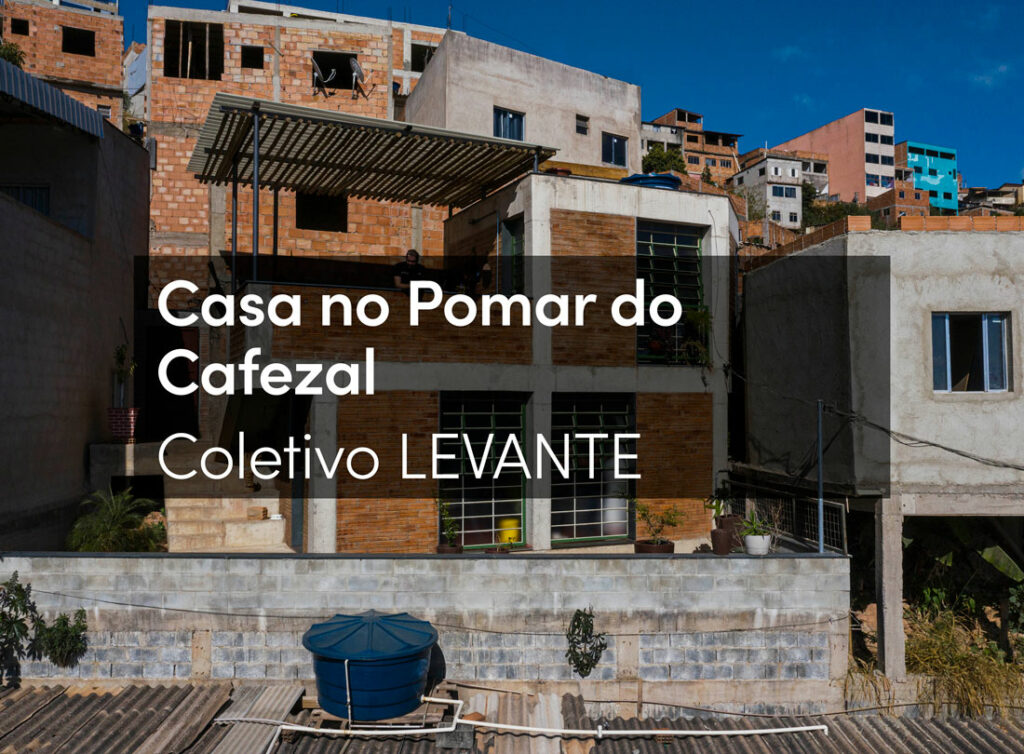Within room G7.1 in the East Gate complex of the Seoul Biennale, visitors enter a space defined by a ceiling grid occupied by volumetric tiles, and floor tracks with movable modules. The ceiling tiles and the movable modules are networked so that citizens and visitors alike affect, and are subject to, an indoor meteorological system.
Unlike a typical suspended grid found in office environments, the ceiling tiles of Strange Weather do not conform to human-centric occupant expectations. Whereas the normative ceiling grid supplies conditioned air, humidity control, and lighting, the Strange Weather grid produces a more exo-environment that is not predictive nor subservient to human desires.
Vaporizers, high-lumen LEDs, and heaters are placed in the ceiling grid within the tiles. Each ceiling tile is made of either densely wrapped carbon fiber in lieu of acoustic ceiling tiles and air diffuser units, or translucent polyethylene for ceiling lights. They are actuated by a multiagent system programmed so that each node works together with ascending orders. Different combinations of moisture levels, temperature, and lighting produce a range from dry and unnaturally bright, to dark and clouded.
Visitors physically interact with the modules that are located on the floor. These ground modules move on tracks, thus allowing flexibility in rearranging the space, and in forming different seating/climbing assemblies.
As visitors sit, lounge, and socialize, their patterns of play are measured and entered within the multiagent system.
The electronic systems are ESP8266 wifi modules with Arduino microprocessors that are continually sensing and signaling different outputs of the Strange Weather system vis-à-vis real-time human input.
What the visitor understands from this exchange is the artificial distinction between inside and outside. Human-centric, controlled interior environments are not easily separable from the natural world, and that anthropocentric intervention has consequences across scales in nature.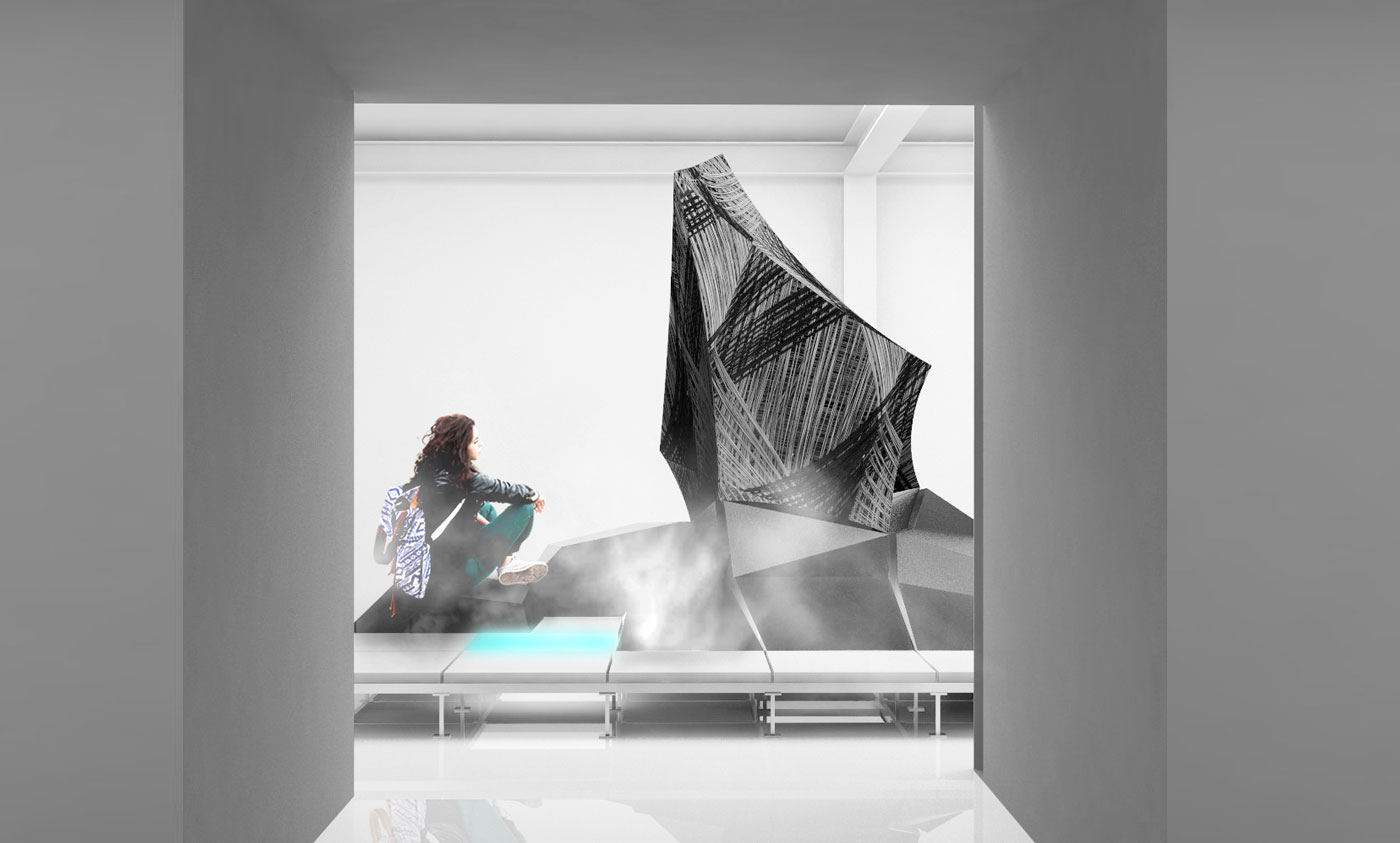
The formal structure of Strange Weather consists of three core elements: a ceiling, a tapered column, and the ground condition. The ceiling is made up of multiple 2’ x 2’ wound carbon fiber (CFRP) hanging modules on a 14’x24’ grid. The ceiling meets the ground in a tapering stalactite and stalagmite column, where the transition from ceiling to ground is seamless. The structure is a lightweight, self-similar family of monoliths (each module is a disformed dimension of about 2 cubic feet) that assemble into a whole. The ground is a maze of two static (CFRP) and five kinetic modules (milled MDF) whose arrangement is left up to the visitors. Each ceiling tile is made of either densely wrapped carbon fiber (in lieu of acoustic ceiling tiles) or translucent polyethylene for ceiling lights or air diffuse units.
Ibañez Kim has used carbon fiber in multiple research projects via academic work by Simon Kim and Immersive Kinematics, and in its own publications and ongoing research. Carbon fiber skin is derived from the amalgamation of layered vectors that allows for a new tectonic language of visual and tactile merits to arise within the design of inhabitable spaces. References to prove carbon fiber’s applied performance can be found in educational/institutional research and recent robotically fabricated projects. Institutional research of the use of carbon fiber has been demonstrated by Simon Kim’s seminar at the University of Pennsylvania School of Design called Immersive Kinematics[1] that is co-directed by Professor and Director of Integrated Product Design Mechanical Engineering and Applied Mechanics Mark Yim[2]. Kim and Yim have been researching and using wound carbon fiber to demonstrate action and behavior in composite modules. References to robotically fabricated projects include Ibañez Kim’s collaboration with Andrew John Wit and Tyler School of Art’s (Temple University) rolyPOLYGON (2016)[3] and Ibañez Kim’s Confessional (2016)[4]. Projects that have used wound carbon fiber, such as rolyPOLYGON (see Figure 1) and Confessional (see Figure 2) have an underlying geometry that is a unique polygon that allows for packing (see Figure 3). The geometry allows these polygons to aggregate with others in new, informal communities, as will be applied and demonstrated in Strange Weather.
Figure 1. Ibañez Kim, Andrew John Wit, and Tyler School of Art’s (Temple University), rolyPOLYGON, 2016.
Figure 2. Ibañez Kim, Confessional, 2016.
Figure 3. Packaging capabilities of modules, rolyPOLYGON, 2016.
The same process of fabrication that was used in rolyPOLYGON will be applied in Strange Weather. The CFRP will be wound around a sacrificial frame (see Figures 4 and 5), and baked into structural rigidity [5]. The use of pre-impregnated carbon fiber strands yields a flexible platform for research and design. Simon Kim and Immersive Kinematics group has been working on innovative weaving techniques that allow for self-supporting carbon fiber structures (see Figure 6). The weaving patterns of the carbon fiber strands inform apertures, structural integrity, rigidity, and densities all with the use of a singular medium.
Figure 4. Constructing the frame, 2016.
Figure 5. Sacrificial frame for winding carbon fiber, 2016.
Figure 6. Immersive Kinematics Seminar, programmed behavior, University of Pennsylvania School of Design, Fall 2016.
The process of weaving carbon fiber begins digitally, where three-dimensional massing geometries are developed to suit the needs of specific projects. Next, digital weaving patterns are applied to the model parametrically to test the fitness of multiple weaving patterns in relation to functionality and design aesthetic. Several iterations are tested prior to moving into physical prototyping and mockups (see Figure 7).
Figure 7. Digital carbon fiber weaving studies, 2016.
Once the digital prototype successfully achieves the design criteria, the physical work can begin. The first step is to develop a physical framework for construction. Ibañez Kim has developed a low-cost adjustable frame that allows one frame to create infinite amounts of different objects. By using two different sized galvanized steel conduits, Ibañez Kim can create telescoping members that are adjustable and removable (see Figure 8). The digital model becomes the instruction set to which the steel frame will conform. The telescopic function allows the frame to change forms from one iteration to the next. Each telescoping member of the frame has two swivel joints at either end; the swivel joints can be adjusted to nearly any angle allowing the most system flexibility. To maintain rigidity of the structure to allow for precise weaving, each swiveling member end is mechanically fastened to a static node. When the frame has been assembled into its final form, the “weaving teeth” can be affixed to the steel structure.
Figure 8. Galvanized steel conduits: telescoping members that are adjustable and removable, 2016.
The “weaving teeth” are laser cut strips of medium-density fiberboard (MDF). Each laser-cut strip of MDF matches to a specified member’s length in order to maintain accuracy between the computational model and the physical model. The spacing of the teeth is determined during the digital weaving iterations. Distance between teeth can influence multiple variables, for instance density of the weave and the structural integrity of a given face. Once the weaving teeth are cut and matched to the referenced steel member, they are mechanically fastened to the frame using common conduit hangers. Once all the MDF strips have been securely fastened to the frame, the winding can begin.
Winding the carbon fiber at Ibañez Kim is primarily done by hand with two people. Winding by hand allows for greater control of the final product. A typical weaving workflow would normally be one person pulling carbon fiber from a larger spool while the other weaves the fibers around the MDF teeth following the computational patterns that have been generated. It is important to note that although the computational model is important and necessary, it is not a rigid requirement. The person weaving can change weaving strategies in real time if the computational model falls short of a superior idea.
The second to last step of the weaving process is to bake the carbon fiber while on the fame. After the carbon fiber has been baked for several hours, the pre-impregnated epoxy is activated and allows the carbon fiber strands to become rigid. Once the frame and carbon fiber are cooled, the frame can be dismantled, the teeth can be removed, and the carbon fiber will exist singularly as a hardened shell.
Figure 9. Confessional speakers and LED lights, 2016.
The process will produce a lightweight monocoque structure that will house the mechanical atmosphere-producing devices that allow pattern interference and visual effects. The rolyPOLYGON provided an internal space for one person, and the Confessional has a matrix of LED lights, flex sensors, and speakers controlled by a microprocessor stitched into its surface (see Figure 9). Strange Weather is a challenge and progression of previous work, whose design will provide internal space for devices that summon fog, invoke heat, filter the air, dehumidify moisture, make ambient sound, or create wind.Those mechanical devices will be housed in the extruded ceiling grid, and the ground modules will take on an external function of sitting and rearrangement (as opposed to rolyPOLYGON and Confessional’s internal, shelter-like functions). As research and invention continue to evolve the potential of the monocoque polygons, Ibañez Kim continues to push the boundaries and re-invent its use and appropriation in the field of design.
